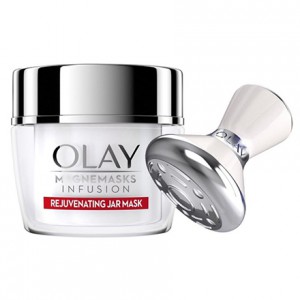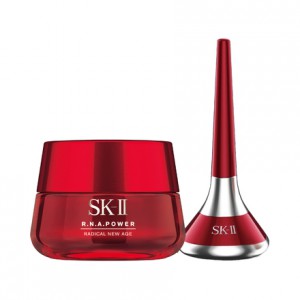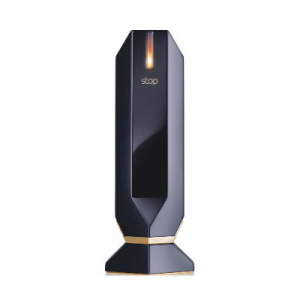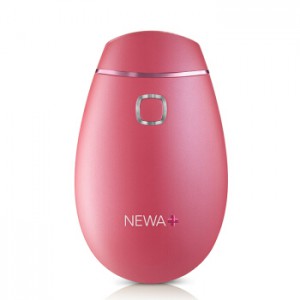Of the five key markets examined in our freshly published Beauty Devices: Global Market Analysis and Opportunities report, China delivers a true standout performance, registering stellar growth of 71% in 2017. From the powerful Internet channel to the keen marketing program and pricing behind Foreo, the beauty devices market in China is driven by a variety of forces. Sales through the Internet have more than doubled in one year only and now account for just under 60% of total market sales. Some of the prominent e-commerce sites driving this growth include Taobao.com, Tmall, JD.com, Xiaohongshu, and VIP.com
What makes China such a dynamic playground?
- The use of artificial intelligence and data analysis to customize at-home beauty solutions is becoming the new norm, especially in the Asian markets.
- Mobile applications or intelligence cloud services to personalize treatments based on consumers’ needs of marketers such as Foreo, SKG, iHelmet and TriPollar.
- Magnetics beauty devices introduced by Olay and SK-II.
|
|
|
- Celebrity endorsements continue to be another top marketing priority for brands in China.
- The use of RF (radio frequency) technology is enhanced in new launches, such as the TriPollar STOP, NEWA Plus, and Ya-Man HRF-10T Pro.
|
|
|
- Neutrogena’s entrance into the market with its Fine Fairness Light Mask for the hyperpigmentation skin care concern.
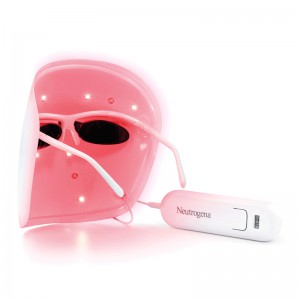
Other Asian countries analyzed in our study also add up to the strong double-digits sales growth of the region. South Korea and Japan continue to gain sales, driven by a growing consumer demand as a result of increased awareness and the positive image and strong reputation that at-home beauty devices are enjoying among consumers. While MTG is a strong performer in Japan, Foreo, NuFace, and ReFa helped drives sales in South Korea in 2017.
Outside Asia, Europe continues to be an opportunistic region for beauty devices, experiencing a slight slowdown in growth primarily impacted by an influx of inexpensive no-name Asian brands. Sales within the region differ from country to country, with Nordic countries, South-eastern, and Eastern European countries continuing to develop and grow, albeit from a small base and offering a good opportunity for future development. However, mature and developed markets, such as the UK, Germany, and France, are showing signs of fatigue.
After a sluggish 2016, the U.S. at-home beauty devices market rebounded in 2017, primarily due to strong growth in the acne category, spearheaded by Johnson & Johnson’s Neutrogena brand.
Our just-published Beauty Devices: Global Market Analysis and Opportunities sheds light on the latest dynamics and innovations in the industry through individual, in-depth market reports and a powerful online interactive database with sales breakdowns for 2012 through 2017 by market, company, brand, distribution channel, skin care concern, and technology. If you’d like to see a sample or to schedule a database demonstration, please contact our team.

